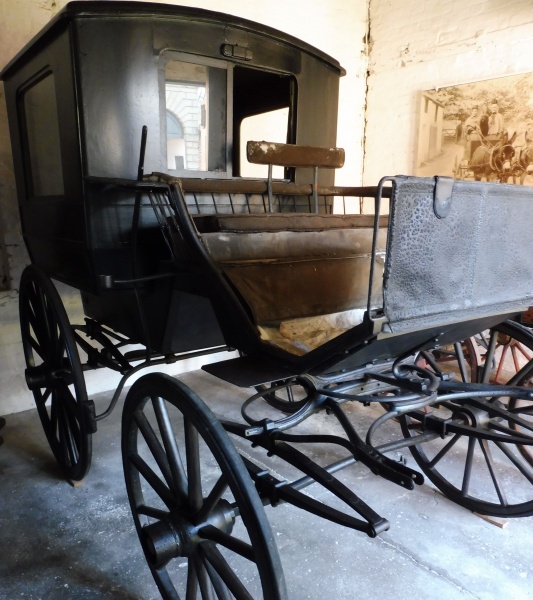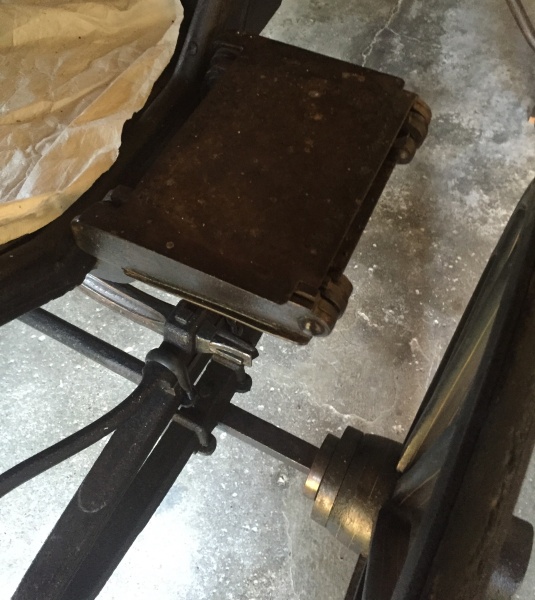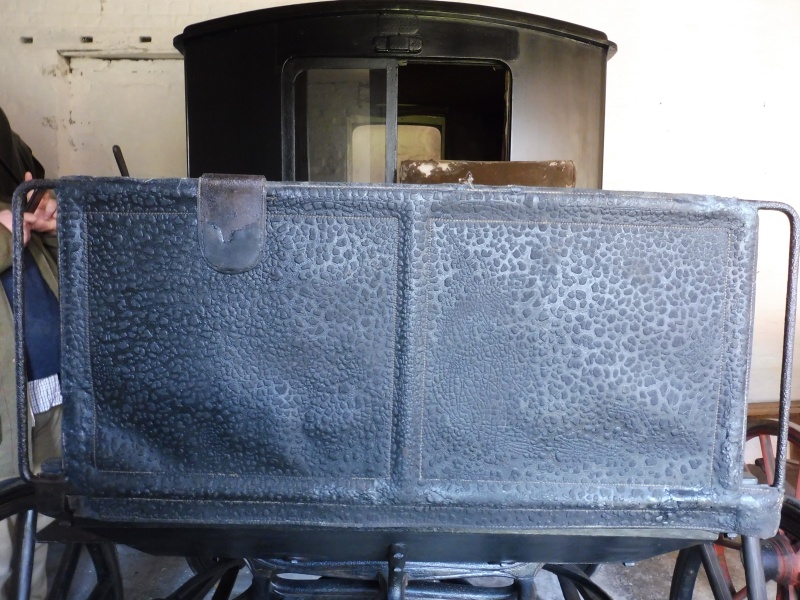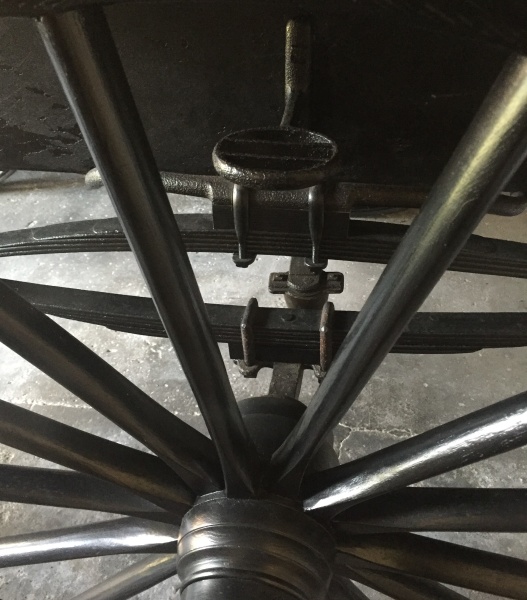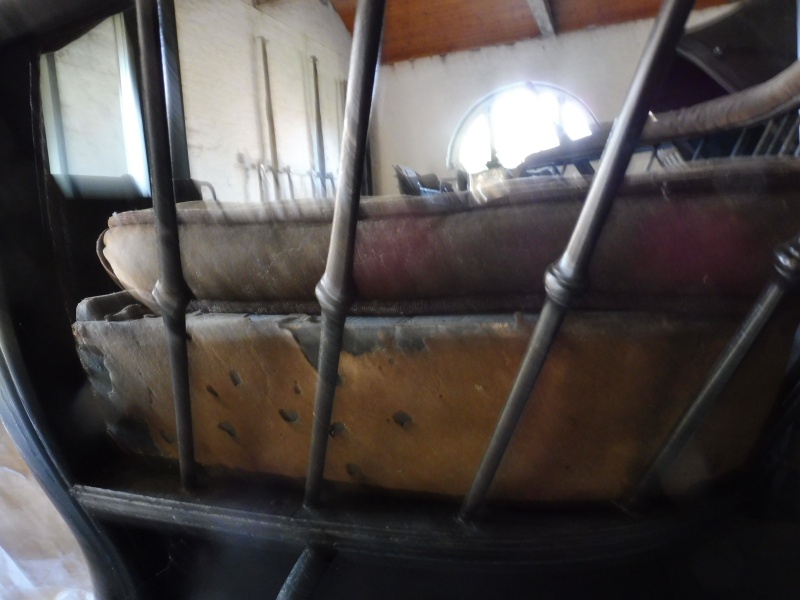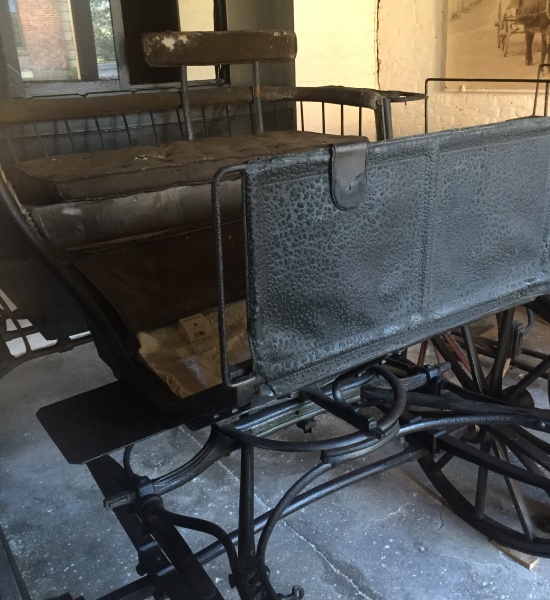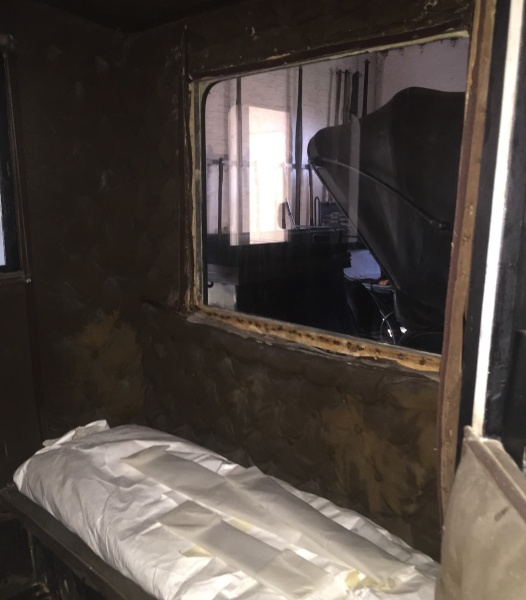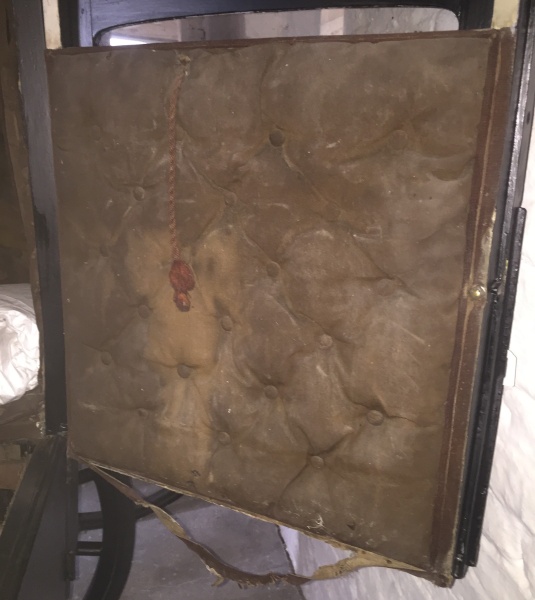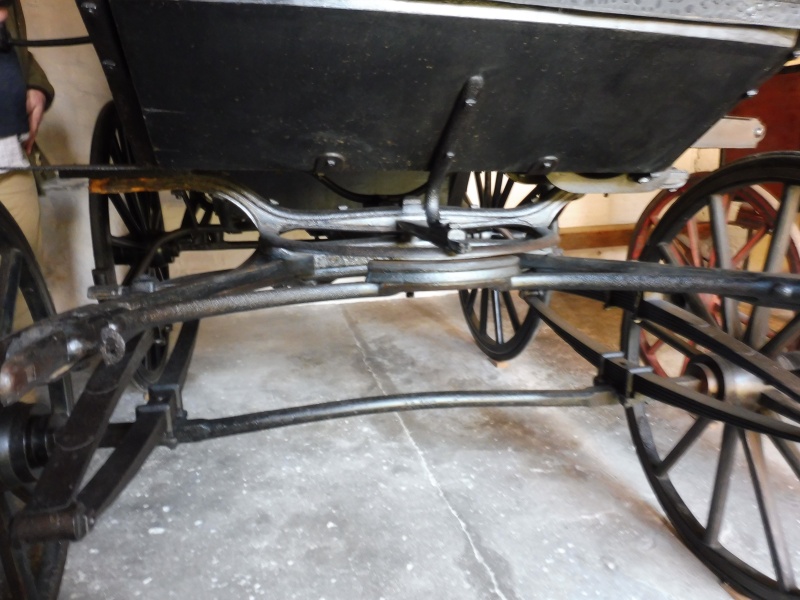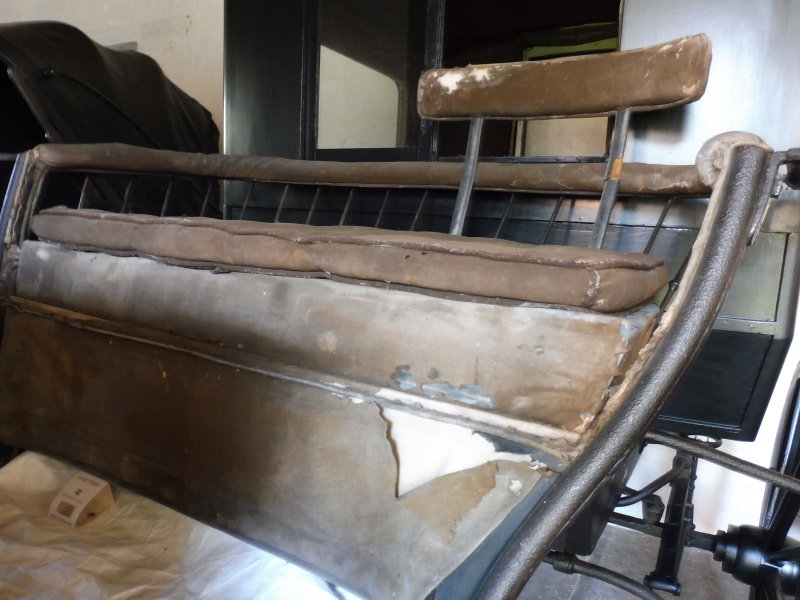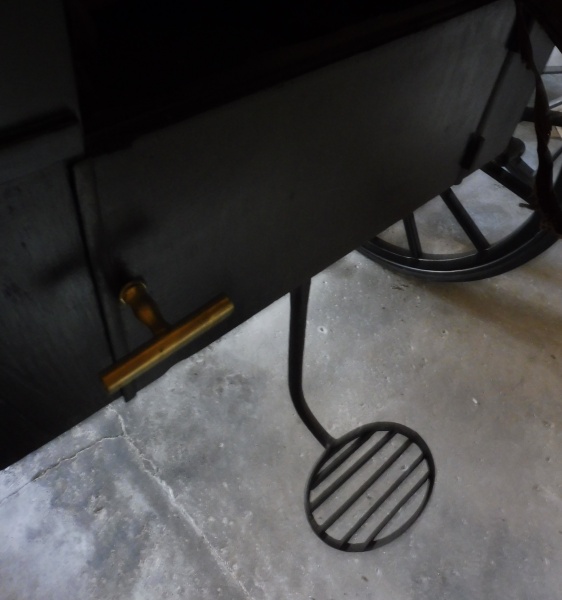Use the dots above to scroll through images.
Listed in 1 collection
Listed at 1 museum
Listed for 1 maker
Quick Details
Carriage Type
Private Omnibus
Date of Production
late 19th century
Accession or Inventory Number
ERD/WV/71
Materials used
Paint, Wood, Iron, Leather, Wool Box Cloth, BrassSummary of Private Omnibus
This is another example in the Erddig carriage collection of an older carriage being converted at a later date. The wheels are probably the original front wheels and the axle caps are engraved Allen, Long Acre. The body was originally a light and pretty Stanhope Phaeton with very fine spindles and a padded top rail. It has a nice but simple fore-carriage, hand brake, folding passenger step and an unusual check spring, possibly added when the new body made it possible to carry more passengers. A new fixed top has been added to the body converting it into a useful but very inappropriate miniature private omnibus. This is clearly of much later construction (possibly 2nd World War), very plainly styled and built, with buttoned cloth linings, plain brown broad laces and roller blinds at the windows.
A Stanhope Phaeton derives from the Mail Phaeton but is of such a light construction that it can be pulled by a single horse. The Omnibus was a carriage used by estates for collecting people and luggage from the station and running errands.
Dimensions
Height: 7fy1”
Length: 9ft1 ½”
Width: 5ft9”
Front Wheel Diameter: 3ft 1 ½”
Rear Wheel Diameter: 3ft 8”
Full description
As with the Donkey Cart in the Erddig Estate carriage collection this is an example of how one type of carriage has been converted into another. Originally this carriage would have been a Stanhope Phaeton which seated a groom in the back without cover. At a later date, perhaps during the second Word War, an enclosed compartment was added converting the carriage into a small Private Omnibus.
This carriage really needs to be described in two halves starting with the earliest part, the carriage itself. Stanhope Phaetons were of an angular profile with the area under the seat being cut away to make the body much lighter. The seat of this carriage has a curved seat back with spindles. The top rail is padded with a drab colour wool box cloth and there is a single full length cushion covered in the same material. On the passenger/groom side is a lazy back which is removable. A seat valance is in the same drab cloth and tapers in towards the bottom to follow the lines of the carriage. The footboard slopes up to a leather dashboard which has lost its patent and displays the ‘island and river’ pattern. A timepiece case is hooked to the top of the dashboard. Two iron grab handles run from the top to the bottom of the dashboard and are painted black.
A single step plate is fitted to the edge of the footboard on the offside. It has a large rectangular tread. On the nearside is a lovely set of folding steps. The wheel hubs are jagged to form the lower step for access to the driver’s seat. At the back fitted to the side of the phaeton body are the steps to access the back of the carriage when it was a Stanhope Phaeton. From the side the body of the carriage is angular with a flat body underside and aback panel that slightly slopes outwards.
The forecarriage is light and elegant in construction. A lever handbrake its fitted to the rear wheels and appears to be original. Lamp brackets are fitted to the driver’s seat.
The wheels are 12 and 14 spoke English pattern with rubber tyres on collinge patent axles. The front axle is compassed up and the back one is straight. Elliptic springs served this carriage at the front and back with an additional check spring beneath the body which was probably added when it was converted into an omnibus.
Now for the Omnibus body. It is of a much later date and not built in the coach builders style. The doors are a little clumsy being in two halves. They are hung on butt hinges and have brass T bar handles. A large window is at the front with facilities for two sliding window glasses, one is missing. In each upper side panel is a fixed window. To access the body is a step fitted to the underside at the back. It consists of an oval skeletal footplate.
Inside the Omnibus body is upholstered in a buttoned drab box cloth on upper sides, the same colour cloth on the roof. The sides of the lower body and the door are covered with a cloth that has a brown ground colour with a black and gold stencilled pattern. Spring curtain rollers are fitted above all windows with the exception of the offside. The curtain survives above the door and at the nearside window. Plain brown broadlaces edge a pocket at the front.
In the early 1990’s this carriage had had some considerable work done to the wheels and the paintwork at that point was very fragmentary. It has therefore been painted black since then with brown and white lining on the front wheels, springs and forecarriage.
Inscriptions
On the axle caps: ALLEN LONG ACRE
Condition report
The carriage had restoration work carried out in the 1990’s making it sound. The fabric upholstery is fragmentary both inside and out. It almost seems a shame that what was a super Stanhope Phaeton was converted to a versatile omnibus as the original phaeton was a very nicely built elegant carriage. Still, it is a good example of how carriage were adapted according to their current use within an estate.
Access information
This Private Omnibus is in the care of The National Trust, Erddig.
Erddig
Wrexham
LL13 0YT
Picture credit
The National Trust / Amy Bracey / Robert Lovell

 Carriage Foundation
Carriage Foundation